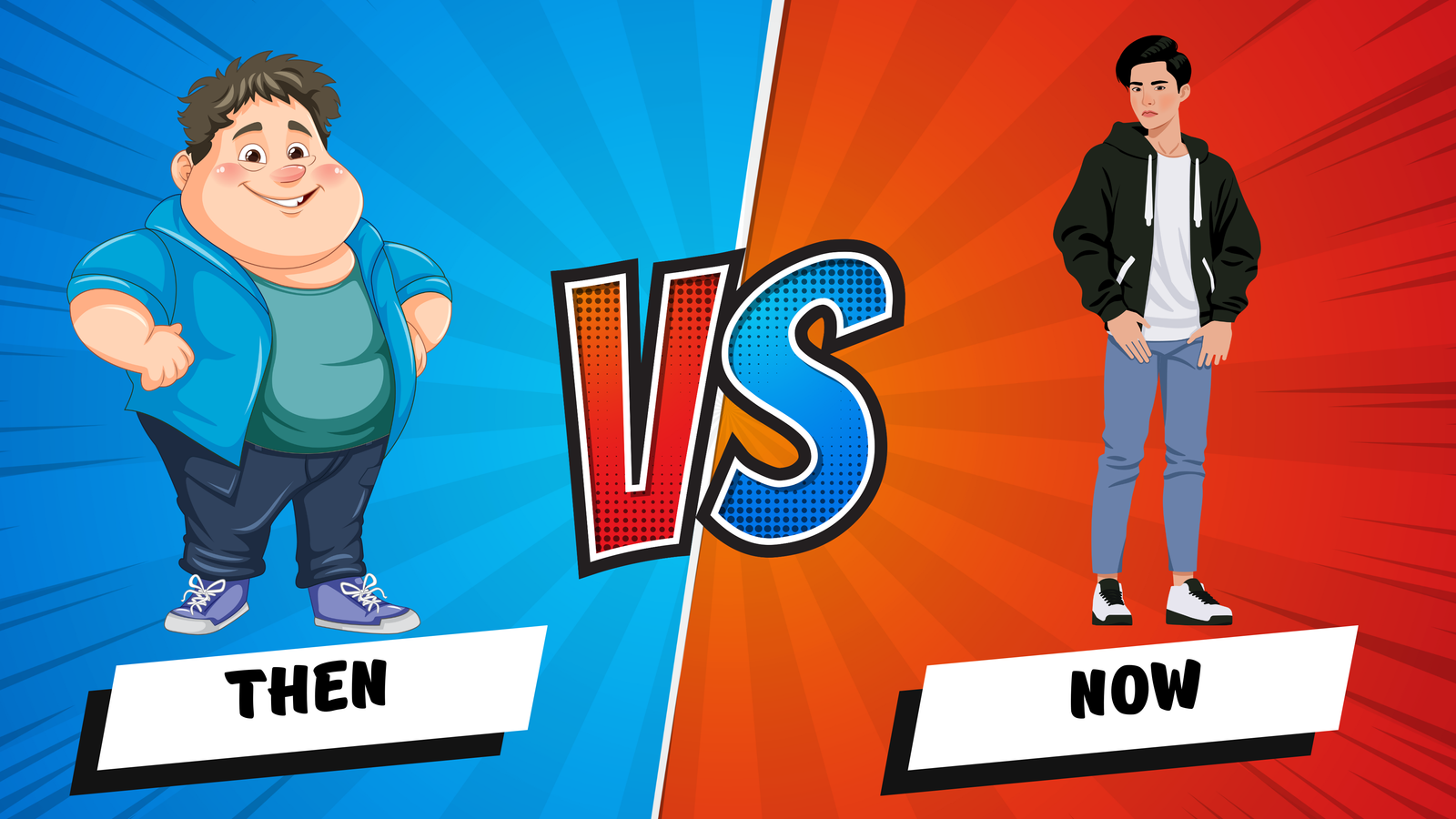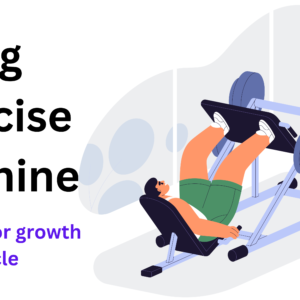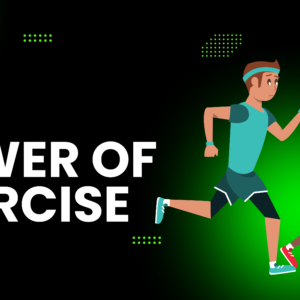Fitness is not just a trend; it is a way of life that benefits your body, mind, and overall well-being. In today’s world, where busy schedules and sedentary lifestyles dominate, making fitness a priority is crucial. This article explores the importance of fitness, the various forms it can take, and how to incorporate it into daily life for lasting benefits.
What is Fitness?
Fitness refers to the physical and mental ability to perform daily activities with vigor and without excessive fatigue. It encompasses various elements, including strength, endurance, flexibility, and mental resilience. Fitness is not about achieving a specific body type but about feeling healthy, energetic, and strong.
The Importance of Fitness
1. Physical Health Benefits
- Improved Cardiovascular Health: Regular exercise strengthens the heart and improves blood circulation, reducing the risk of heart diseases.
- Weight Management: Physical activity helps burn calories and maintain a healthy weight.
- Stronger Muscles and Bones: Strength training and weight-bearing exercises enhance muscle mass and bone density, reducing the risk of osteoporosis.
- Boosted Immunity: Fitness enhances the immune system, making the body more resilient to illnesses.
2. Mental Health Benefits
- Stress Reduction: Exercise releases endorphins, often called “feel-good” hormones, which help reduce stress and anxiety.
- Enhanced Mood: Physical activity can combat depression and boost overall mood.
- Sharper Cognitive Function: Regular fitness routines improve memory and cognitive abilities.
- Better Sleep: Exercise promotes deeper and more restful sleep.
3. Increased Longevity
Studies show that individuals who maintain a consistent fitness routine tend to live longer and healthier lives.
Components of Fitness
1. Cardiovascular Endurance
This refers to the body’s ability to sustain aerobic activities like running, swimming, or cycling over time. Improving cardiovascular endurance supports heart and lung health.
2. Strength
Strength training, such as weightlifting or resistance exercises, builds muscle mass and enhances the body’s ability to perform tasks.
3. Flexibility
Flexibility exercises, like yoga and stretching, improve the range of motion in joints and reduce the risk of injuries.
4. Balance and Coordination
Activities like tai chi or balance exercises help prevent falls and improve overall stability.
5. Body Composition
This refers to the proportion of fat, muscle, and bone in the body. A healthy body composition is crucial for overall fitness.
Types of Fitness Activities
1. Aerobic Exercises
Aerobic activities like jogging, dancing, and swimming are excellent for heart health and calorie burning.
2. Strength Training
Strength exercises, such as push-ups, squats, and weightlifting, build muscle and support metabolism.
3. Flexibility and Stretching
Practices like yoga and Pilates enhance flexibility and promote relaxation.
4. High-Intensity Interval Training (HIIT)
HIIT involves short bursts of intense exercise followed by brief recovery periods, making it an efficient way to improve fitness.
5. Recreational Activities
Sports like basketball, tennis, or hiking combine fun and fitness, encouraging consistency.
How to Start a Fitness Journey
1. Set Realistic Goals
Begin with achievable objectives, such as walking 10,000 steps a day or exercising three times a week. Gradual progress prevents burnout and injuries.
2. Choose Activities You Enjoy
Whether it’s dancing, cycling, or yoga, selecting enjoyable activities makes fitness sustainable.
3. Create a Routine
Consistency is key. Allocate specific times for workouts to make them a part of your daily schedule.
4. Start Slow
If you’re new to fitness, start with low-intensity exercises and gradually increase the intensity and duration.
5. Stay Hydrated and Eat Well
Proper hydration and a balanced diet complement fitness efforts and enhance performance.
6. Track Your Progress
Keeping a fitness journal or using apps can help monitor progress and stay motivated.
Common Fitness Myths Debunked
Myth 1: You Need to Spend Hours Exercising
Short, effective workouts like HIIT can be just as beneficial as longer sessions.
Myth 2: Lifting Weights Makes You Bulky
Strength training helps tone muscles and improve metabolism; it doesn’t necessarily lead to bulkiness.
Myth 3: Fitness is Only for the Young
Fitness is for all ages. Older adults benefit significantly from exercises that enhance strength and flexibility.
Challenges to Fitness and How to Overcome Them
1. Lack of Time
Incorporate mini workouts into your day, such as taking the stairs or doing quick stretches at your desk.
2. Low Motivation
Find a workout buddy or join a class to stay accountable and motivated.
3. Limited Resources
Fitness doesn’t require expensive equipment. Bodyweight exercises and outdoor activities are effective and free.
4. Fear of Failure
Focus on progress, not perfection. Celebrate small victories along the way.
Fitness for Specific Groups
Children and Teens
Encourage active play, sports, and recreational activities to build lifelong fitness habits.
Adults
Balance strength, cardio, and flexibility exercises to maintain health and manage stress.
Older Adults
Low-impact activities like walking, swimming, or tai chi support joint health and mobility.
Pregnant Women
With a doctor’s guidance, light exercises like walking or prenatal yoga can improve pregnancy outcomes.
Fitness and Technology
Technology has revolutionized the fitness world. Apps, wearable devices, and online workout programs offer tailored fitness solutions and track progress. Virtual fitness classes and communities provide support and motivation for individuals worldwide.
Conclusion
Fitness is not a one-size-fits-all concept; it is a personal journey tailored to individual goals, preferences, and lifestyles. Prioritizing fitness improves physical health, boosts mental well-being, and fosters a positive outlook on life.



